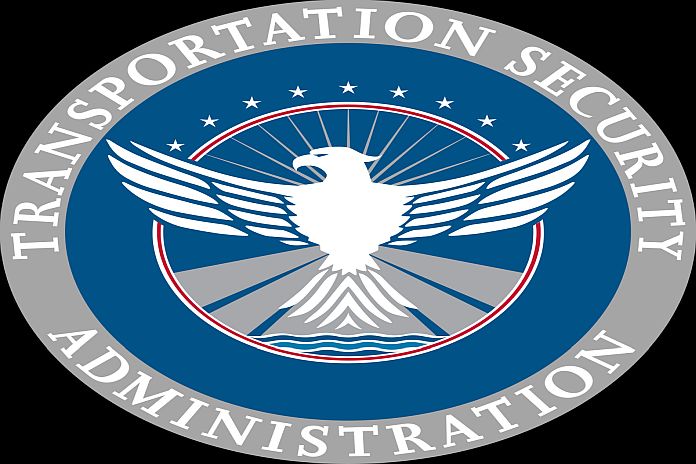WASHINGTON, USA – The Transportation Security Administration (TSA) is ready for increased travel volume and anticipates average daily passenger throughput will surpass 90 percent of pre-pandemic levels for the duration of March.
“TSA’s collaboration with industry and federal partners has been instrumental throughout this pandemic, and now we are seeing a light at the end of the tunnel as demonstrated by the rapid recovery of the travel industry,” said TSA Administrator David Pekoske. “We are prepared and ready for a busy spring, and are doing our part to ensure the traveling public is safe and secure by continuing to deploy new technologies within the checkpoint that enhance security, reduce physical contact and improve the traveling experience. We just ask travelers to do their part by being respectful to each other and those who work in the transportation sector – from our officers to airport workers and flight crew.”
Follow these tips for the fastest and most efficient TSA checkpoint experience possible during the 2022 Spring Break travel period, which is expected to reach near pre-pandemic travel volumes:
Tip 1: Continue to wear a face mask. The mask requirement remains in place and TSA will continue to assess the duration of the requirement in consultation with CDC.
Tip 2: Follow the rule that limits liquids. Gels and aerosols are limited to 3.4 ounces or less in carry-on baggage. There is an exception for hand sanitizer, which has a temporary 12-ounce limit. The general definition for this rule is that if you can spill it, spread it, spray it, pump it or pour it, then the carry-on quantity is limited.
Tip 3: Pack food in a clear plastic bag. If you plan to travel with food, it is a best practice to pack your food items in a clear plastic bag and place that clear plastic bag into your carry-on bag. When you get to the security checkpoint, remove and place the clear bag containing your food into the bin to reduce the opportunity for cross-contamination between the food and bins.
Tip 4: Leave prohibited items at home. To reduce the likelihood of physical contact with TSA officers at the checkpoint, be familiar with the TSA prohibited items list for carry-on bags. Travelers can check for prohibited items by using the “What Can I Bring?” page on TSA.gov and by downloading the free MyTSA app, which has a helpful “What Can I Bring?” feature.
Tip 5: Do not bring your firearm to a security checkpoint. Airline passengers can fly with firearms only in checked baggage. All firearms must be properly packed and declared with your airline at check-in. Contact your airline for additional guidance. Firearms at TSA checkpoints represent an unnecessary risk and an expensive mistake, as you may be subject to a civil penalty.
Tip 6: Give yourself plenty of time. Travel volumes are expected to be higher than they have been and some passengers may be traveling for the first time in quite a while. Extra time may be needed for parking, rental car and airline check-in counters, and at the checkpoint.
Tip 7: Empty your pockets when you get to the checkpoint. Place items inside your carry-on bag instead of into a bin to reduce touchpoints and not leave anything behind.
Tip 8: Listen for guidance from TSA officers. They may be providing information on new technologies that help reduce touchpoints and make for a more streamlined and convenient passenger experience.
Tip 9: Contact TSA with your questions. Tweet your questions and comments to @AskTSA or via Facebook Messenger, weekdays from 8 a.m. to 6 p.m. EST. You can also call the TSA Contact Center at 866-289-9673 from 8 a.m. to 11 p.m. EST or 9 a.m. to 8 p.m. on weekends and holidays.
Tip 10: Enroll now in TSA PreCheck®. “Travel with Ease” by enrolling in TSA PreCheck and avoid removing shoes, belts, liquids, laptops and light jackets. Most new enrollees receive a Known Traveler Number within five days, and membership lasts for five years.





